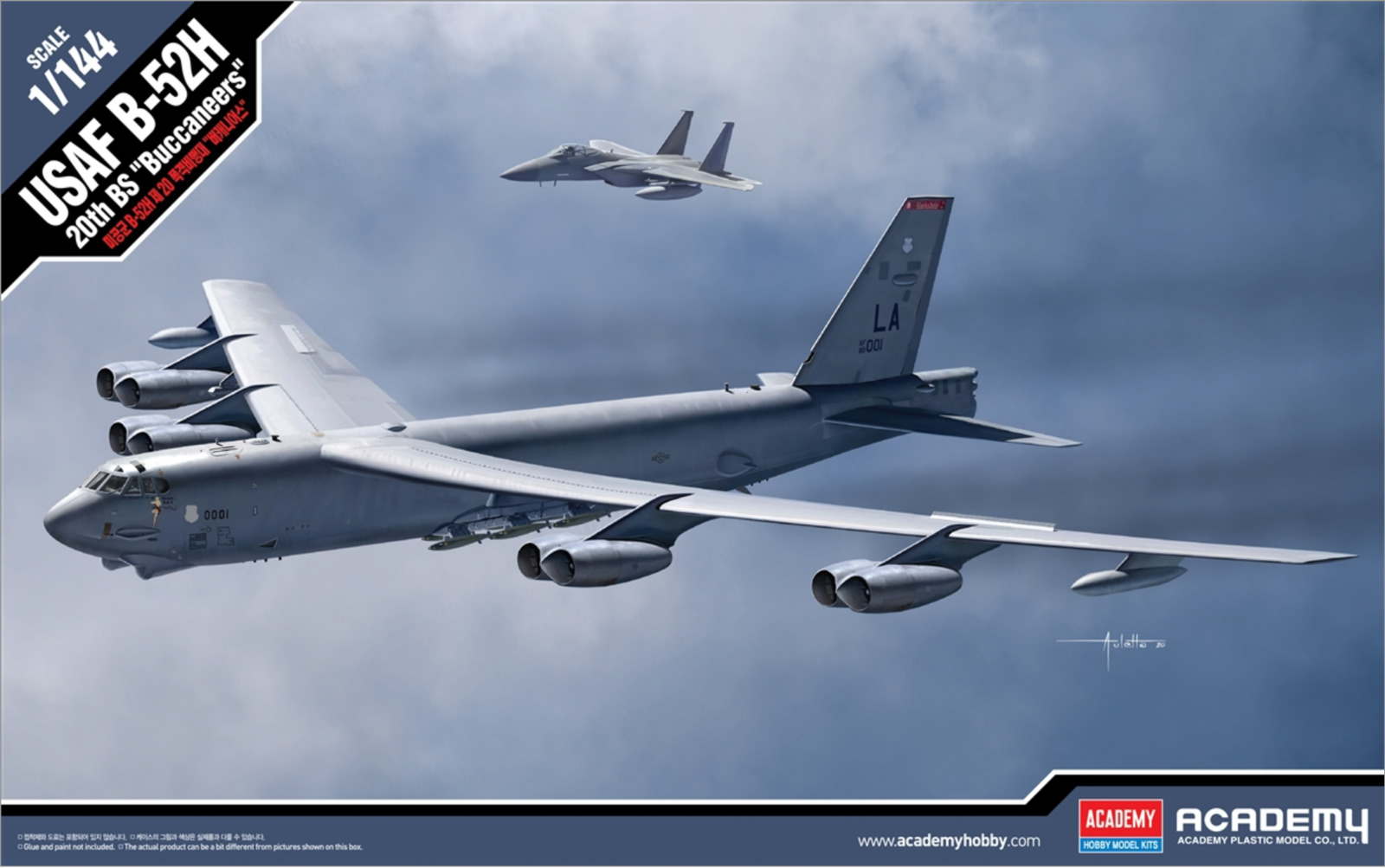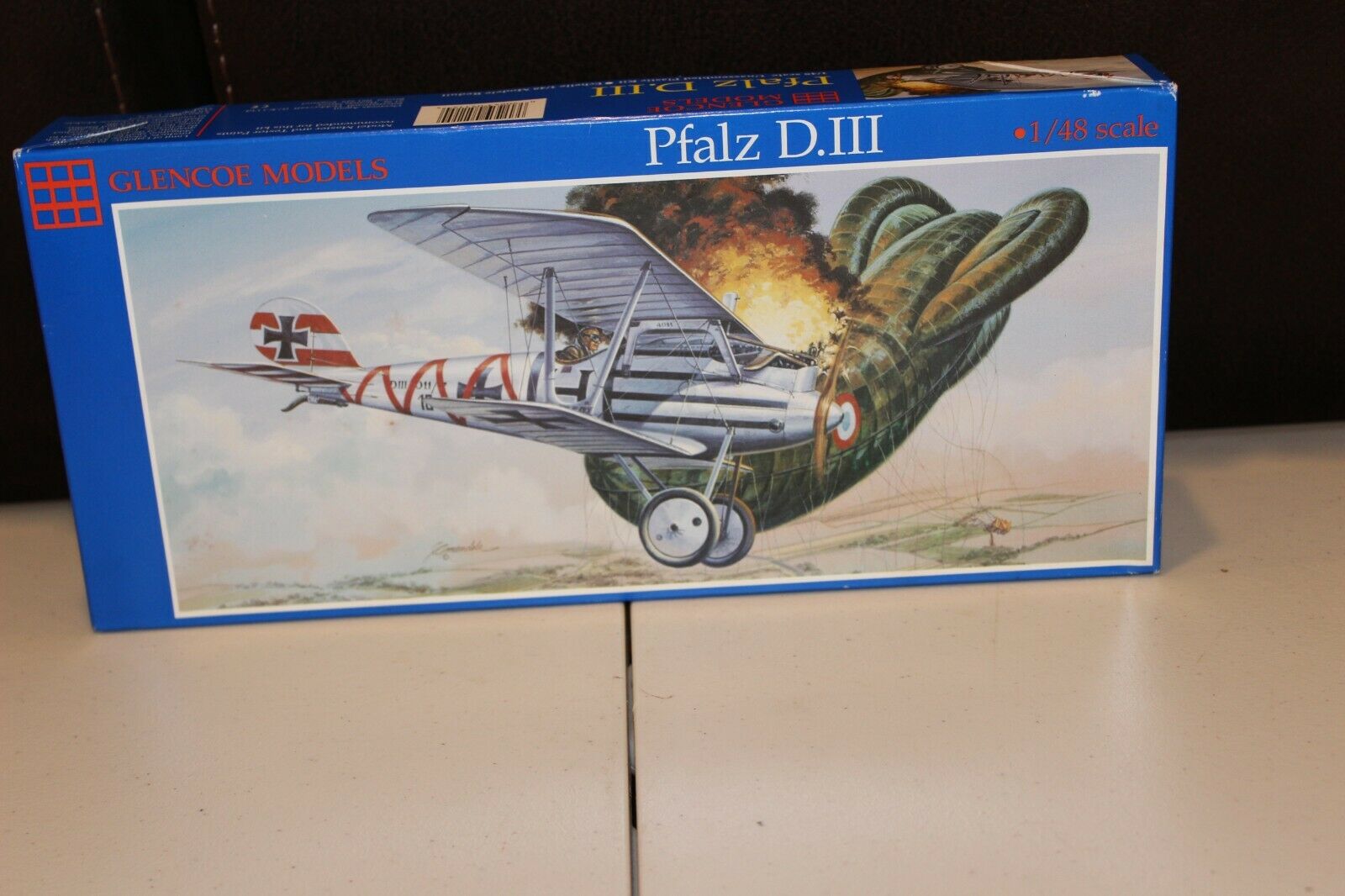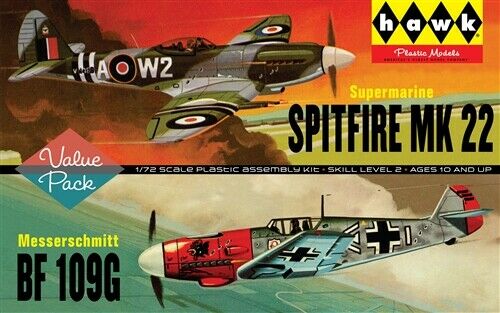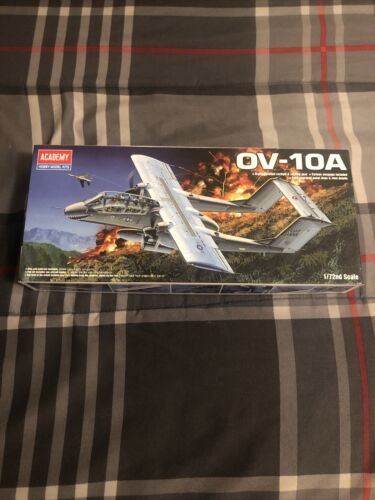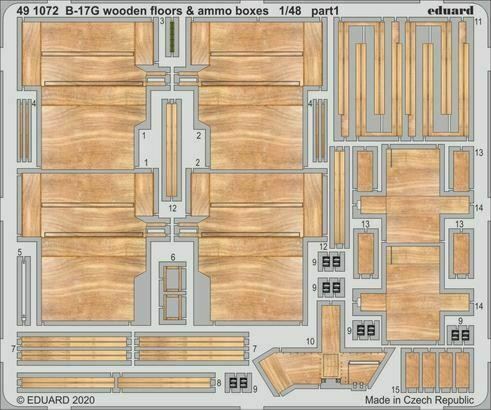-40%
SPECIAL HOBBY 1/72 SCALE DE HAVILLAND DH.103 HORNET STRIKE FIGHTER MALAYSIA
$ 52.77
- Description
- Size Guide
Description
ShippingSPECIAL HOBBY 1/72 SCALE DE HAVILLAND DH.103 HORNET STRIKE FIGHTER MALAYSIA
SPECIAL HOBBY 1/72 SCALE DE HAVILLAND DH.103 HORNET STRIKE FIGHTER MALAYSIA KIT#
OPEN BOX UNBUILT PLASTIC MODEL KIT – INVENTORIED 100% COMPLETE
IF YOU HAVE ANY QUESTIONS OR CONCERNS PLEASE ASK ME BEFORE BIDDING / PURCHASING – I WANT EVERYONE TO BE 100% SATISFIED WITH NO SURPRISES OR MIS-UNDERSTANDINGS
IF YOU PURCHASE MULTIPLE ITEMS I WILL COMBINE INTO A SINGLE INVOICE TO CHARGE YOU THE MOST ECONOMICAL POSTAGE CHARGE
----------------------------------------------------------------------------
Additional Information from Internet Encyclopedia
The
de Havilland DH.103 Hornet
is a twin-piston engined fighter aircraft that further exploited the wooden construction techniques pioneered by de Havilland's earlier Mosquito. Entering service at the end of the Second World War, the Hornet equipped postwar RAF Fighter Command day fighter units in the UK and was later used successfully as a strike fighter in Malaya. The
Sea Hornet
was a carrier-capable version.
Designed under a team led by R. E. Bishop with C. T. Wilkins assisting as a private venture for a long-range fighter destined for the Pacific Theatre in the war against Japan, Specification F.12/43 was written around the type. From an early stage it was also envisaged that the Hornet could be adapted for naval use, operating from aircraft carriers. As a result, priority was given to ease of control, especially at low speeds, and good pilot visibility. Construction was of mixed balsa/plywood similar to the Mosquito, but the Hornet differed in incorporating stressed Alclad lower-wing skins bonded to the wooden upper wing structure using the then-new adhesive Redux The two wing spars were redesigned to withstand a higher load factor of 10 versus 8.
Apart from the revised structure, the Hornet's wings were a synthesis of aerodynamic knowledge that had been gathered since the Mosquito's design process, being much thinner in cross section, with de Havilland designers adopting a laminar flow profile similar to the P-51 Mustang and Hawker Tempest. The control surfaces consisted of hydraulically operated split flaps extending from the wing root to outboard of the engine nacelles; as in the Mosquito, the rear of the nacelle was part of the flap structure. Outboard, the Alclad-covered ailerons extended close to the clipped wing tips and gave excellent roll control.
The Hornet used "slimline" Rolls-Royce Merlin engines with engine ancillaries repositioned to minimise frontal area and drag. It was unusual for a British design in having propellers that rotated in opposite directions; the two engine crankshafts rotated the same direction, but the Merlin 131 added an idler gear to reverse its propeller's rotation (to clockwise, viewed from the front). This cancelled the torque effect of two propellers turning in the same direction that had affected earlier designs (such as the Mosquito). It also reduced adverse yaw caused by aileron trim corrections and generally provided more stable and predictable behaviour in flight. De Havilland tried props that rotated outward at the tops of their arcs (as in the P-38 Lightning), but this configuration blanketed the fin and reduced rudder effectiveness at low speeds, compromising ground handling; on production Hornets the conventionally rotating Merlin 130 was on the port wing with the Merlin 131 on the starboard.
Because of the revised induction arrangements of the Merlin 130 series, the supercharger and carburettor air intakes could be placed in the leading edges of the wings, outboard of the nacelles. Other versions of the Merlin, which used "updraft" induction arrangements, required that the intakes be placed in a duct below the main engine cowling. The main radiators were also mounted in the inboard leading edges of the wings. Internal fuel, to a maximum capacity of 432Â Imp gal (1,964Â l) (F 3) was stored in four self-sealing wing tanks which were accessed through detachable panels forming part of the lower wing surfaces.
To assist airflow over the wing, the engine nacelles were mounted low, which meant that the undercarriage legs were reasonably short and the pilot's field of view was improved. The single-legged undercarriage units were simpler and cleaner than those of the Mosquito, using the same de Havilland-developed, rubber-in-compression energy absorption system. The main wheels were also smaller and lighter.
To further aid the pilot's field of view the unpressurised cockpit was mounted well forward in the fuselage and was housed under an aft sliding, perspex blister canopy. The three-panel windscreen was designed so that refraction through the panels meant that there were no obvious blind spots caused by the corner tie-rods; all three panels were bullet-proof laminated glass. An armour-plated bulkhead (hinged near the top to provide access to the back of the instrument panel and the rudder pedals), was part of the nose structure, with the pilot's back and head being protected by another armoured bulkhead built into the cockpit. Below and behind the cockpit floor was a bay housing the built-in armament of four short-barrelled 20Â mm (.79Â in) Hispano V cannon, with 190 rpg, firing through short blast tubes.
Fuselage construction was identical to the earlier Mosquito; a balsa wood "pith" sandwiched between plywood sheets which were laid in diagonal panels. Aerolite formaldehyde cement was the bonding agent. The fuselage halves were built on large concrete or wood patterns, equipment was fitted in each half and they were then joined along the top and bottom centre lines using wooden reinforcing strips. The entire fuselage was then tightly wrapped in fine aviation fabric which was doped in place. The tailfin which had the trademark, gracefully curved de Havilland shape, was an integral part of the rear fuselage. On Late Mk Is and future production aircraft, a fin fillet was added to the base of the unit.
The horizontal tail unit was an all-metal structure, again featuring the distinctive de Havilland shape later repeated on the Chipmunk and Beaver.
The Hornet F 3's wings were stressed to carry external ordnance. Two to four 60 lb (27 kg) RP-3 rockets could be carried under each wing; it was also possible to carry a combination of four rockets with one bomb of up to 1,000Â lb (454Â kg), or an additional drop tank on each wing, ranging in capacity up to 200Â Imp gal (909Â l). Internally, the fuel tanks were enlarged from a total capacity of 360Â Imp gal (1,636Â l) to 432Â Imp gal (1,964Â l) and additional equipment was added. Larger horizontal tail surfaces were adopted, with larger elevator horn balances. With the evolution of longer-range, jet-powered fighters such as the de Havilland Vampire, de Havilland Venom and Gloster Meteor, the Hornet became obsolete fairly quickly. The F 3 was the last Hornet derivative to see operational RAF service.
The Hornet entered service in 1946 with 64 Squadron based at RAF Horsham St Faith. Next to convert to the Hornet was 19 Squadron at RAF Wittering, followed by 41 Squadron and 65 Squadron, both based at RAF Church Fenton. No. 65 Sqn was to participate in one of the first official overseas visits by an RAF unit when they visited Sweden in May 1948. Pilot conversion to the Hornet was provided by No. 226 Operational Conversion Unit (O.C.U.) which was based at RAF Molesworth.
During their relatively short operational service Hornets participated in several record attempts and air races; for example, on 15 September 1949 Flight Lieutenant H. Peebles flew from RAF Bovingdon to Gibraltar at an average speed of 357.565Â mph (574.445Â km/h), setting a new British point-to-point record, only to see it broken three days later when Group Captain A.P.C. Carver flew back to Bovingdon, averaging 435.871Â mph (701.466Â km/h).
Operationally, the Hornet I (later F 1) was to last only a short time before being superseded by the F 3 version. The first Hornet F 3 was
PX 366
which flew at the Farnborough Air Show in June 1946.
New units to convert to this mark were 33 Squadron, 45 Squadron (based at RAF Tengah, Singapore where, in early 1952, the unit converted to the Hornet from the unreliable Bristol Brigand) and 80 Squadron. Along with 64 Sqn these squadrons operated in Malaysia where they replaced Beaufighters and Spitfires operating against Communist guerrillas during the Malayan Emergency. Armed with rockets and/or 1,000Â lb (454Â kg) bombs Hornets, with their long range and good endurance, were able to spend up to two hours loitering over the target area. They also proved to be very reliable; 45 Sqn Hornets, based in Singapore achieved 4,500 operational sorties over five years. The last operational Hornet sortie was flown on 21 May 1955.
On 23 July 1954, two Hornets from RAF Kai Tak in Hong Kong were the first to arrive on the scene of a shootdown of a Cathay Pacific Skymaster off the coast of Hainan Island.
All Hornets were withdrawn from operational service by mid-1956.
Shipping & Handling
Back to Top
US Shipping
Please check eBay's Shipping & Payment tab
USPS First-Class Mail®
International Shipping
Please check eBay's Shipping & Payment tab
USPS First-Class Mail International (Worldwide)
USPS First-Class Mail International (Canada)
FREE scheduling, supersized images
and templates. Get Vendio Sales Manager.
Make your listings stand out with
FREE Vendio custom templates!
FREE scheduling, supersized images
and templates. Get Vendio Sales Manager.


